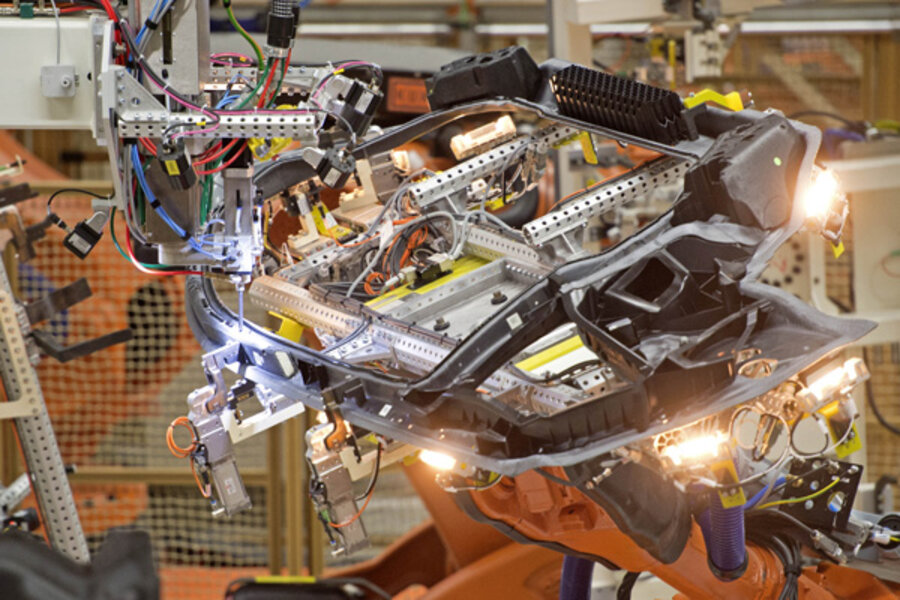Plug In Day: Electric cars accelerate up a long, winding road
Loading...
As electric car enthusiasts gather at scheduled Plug In Day events in nearly 100 US cities Saturday, they have reasons to celebrate. Much has changed over the three years since the first nationwide day of alternative-fuel celebration.
Electric cars and plug-in hybrids are increasingly popular. International automotive giants are throwing their weight behind what once was a fringe interest. The talk of the car world is luxury electric carmaker Tesla Motors, a feisty newcomer that has raised the bar on what's possible in alternative transportation.
Despite its accomplishments and accelerating momentum, the plug-in industry has not yet reached the point of widespread appeal. High sticker prices and concerns over limited range stand in the way.
"The tipping point will be when middle America gets it – when they understand this technology is superior to what they’re buying," says Paul Scott, cofounder of Plug In America, one of the organizers behind Plug In Day. "They may not want to buy them right then and there, but they will say 'Yes, I will buy a plug-in sometime in the future.' "
It could happen in three to four years, Mr. Scott said in a telephone interview, when Tesla Motors is expected to release an electric car that has a range of 200 miles and a price tag of around $30,000. Those are key price and range points, analysts agree, when it comes to winning over a skeptical public. But it will be an uphill battle.
While global sales of electric vehicles more than doubled in 2012, according to the International Energy Agency, but they make up a barely visible sliver of the market. For every 10,000 cars on the road in the 15 nations that account for almost all electric vehicle sales, only two are plug-ins. In terms of US sales last year, only four in every 1,000 was a plug-in, according to data from the Electric Drive Transportation Association.
The traditional gas-powered car continues to dominate the market and is getting more technologically advanced.
"The biggest competition for hybrid and EVs isn’t other hybrids and EVs, it’s a traditional internal combustion engine that keeps getting more efficient," says Karl Brauer, senior analyst at Kelley Blue Book, a leading automotive analysis firm, in a telephone interview. As mileage for gas cars improves, it lowers the incentive for the average consumer to make the switch to a different mode of transportation.
For some consumers, the incentive is less about price than it is about the concern over gasoline consumption's negative impacts on health, the environment, and geopolitics. But in some regions, the electricity that powers electric cars comes from coal – a fuel with its own negative environmental impacts.
There are questions of infrastructure, too. Most electric car charging takes place at home, overnight. That's convenient for homeowners, but it can be more complicated for those who live in apartments and condominiums. For longer trips, no network of electric chargers currently compete with the gas-station-on-every-corner system that has developed over decades.
"Getting people used to a new technology is always something that’s difficult," says Jessica Caldwell, a senior analyst at Edmunds, a leading automotive analysis firm. "You’re essentially asking people to change the way they live."
Slowly but surely, many people are making that change, and the mainstream auto industry is taking note. Fuel-efficiency standards and government subsidies help to tip the scale towards more big-name EV announcements.
In June, BMW announced its first mass-production electric car. Volkswagen has plans to make it the biggest electric carmaker by 2018.
"No automaker wants to be the one that’s not moving forward on this," Ms. Caldwell says in a telephone interview. "They don’t want to be seen as being left behind."






